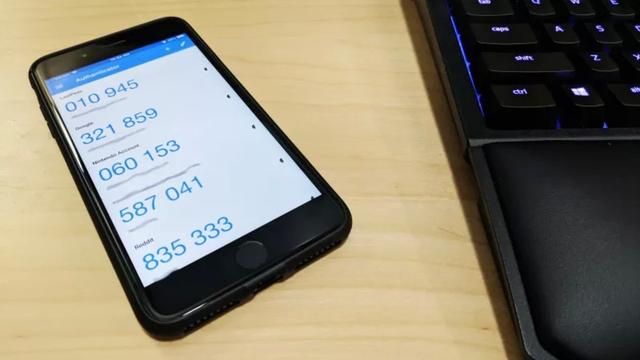How to reset (recover) Windows 10 - "Reset this PC"
If Windows 10 does not work properly and it does not return even after taking measures such as system restore, perform "initialization (recovery)". In this article, we will check how to initialize Windows 10 in cases where it starts even though it is unstable, and cases where it does not start at all.
In what situations should Windows 10 be initialized?
Initialization (recovery) can be said to be the last resort for troubleshooting on Windows PCs. There are two typical situations where initialization is required:
If your PC becomes unstable and troubleshooters and methods such as "system restore" do not help, it is worth trying to reset it. Also, when disposing of the PC or returning it due to the expiration of the lease, it is safe to perform initialization to clear the applications and settings.
Preparation such as backing up files before initialization
It is safe to make some preparations when performing initialization. Also, be aware that the initialization process may not proceed if there is not enough free space on the drive. Below is a list of tasks that you should prepare in advance, so please refer to it.
What kind of function is "Reset this PC"?
"Reset this PC", which can be executed from the "Settings" screen of Windows 10, is a function to return Windows 10 to the state at the time of purchase, as the name suggests. Since all the apps, drivers, settings, etc. installed after purchase will be cleared, it will lead to the resolution of the problem. However, troubles caused by hardware failure cannot be fixed by initializing the OS.
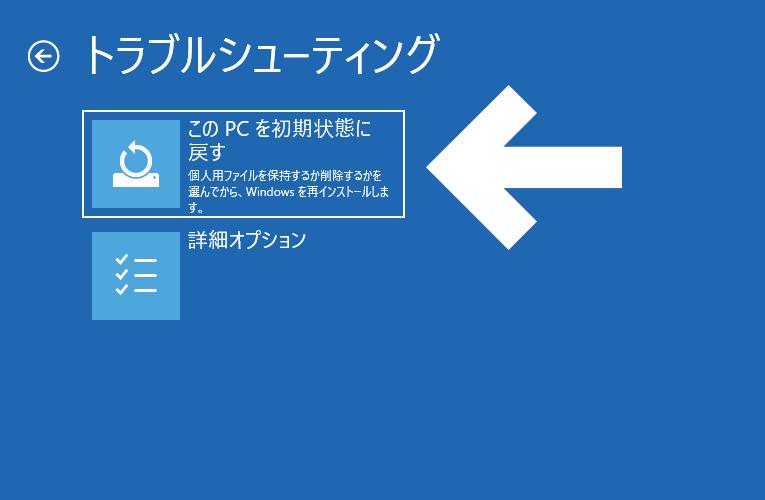
Can be executed in any state, whether Windows 10 starts or not
"Reset this PC" is a state in which you can sign in to Windows 10, it starts but you cannot sign in It can be executed from any state where the sign-in screen is not displayed (= not started).
You can choose to keep or erase the files you created
Reset this PC gives you the option to keep personal files you created on your PC You can choose to do it or delete it. If you want to initialize the PC for disposal or transfer, select "Delete all".
Difference from recovery drive or reinstallation (clean install)
The difference between using a recovery drive or installation media and "Reset this PC" is that data and settings are retained. It can be initialized as is. Also, if you haven't created a recovery drive or don't have Windows 10 installation media, it's the only way to initialize, so it's worth remembering how to use it.
[Related article] Windows 10, how to create and use a recovery drive, Windows 10 backup, how to save a "system image"
How to use "Reset this PC"
In this section, we will explain how to actually initialize (recover) a Windows PC using the "Reset this PC" function. To do. The work procedure differs depending on whether the target PC starts up or not. I will introduce it in the following order, but I will insert the difference between retaining and deleting PC data on the way.
If Windows 10 starts and you can sign in (login)
If Windows 10 starts and you can sign in, even if there is a problem with the operation, click " You can reset it from "Update & Security".
Select whether to keep or delete personal files
If you select "Delete everything" in step [4] above, setting data such as personal files and account information will be deleted. will be erased. Choose this option if you plan to dispose of the PC or transfer it to another user. Here's how to proceed if you select "Remove everything".
Windows 10 starts but you cannot sign in (login)
If you can see up to the Windows 10 sign-in screen but cannot proceed beyond that, click on the right side of the sign-in screen Run the "Reset this PC" function from the power icon at the bottom. For example, this method is effective when you forget your password or PIN.
If Windows 10 doesn't start
If you can't get to the Windows 10 sign-in screen even after turning on the power, force quit while Windows 10 is starting (press and hold the power button or Press the reset button) twice to perform automatic repair. Invoke the "Reset this PC" feature from the "Advanced Options".
After Windows 10 is initialized
When you initialize your PC, any apps you added later and any Windows Updates you applied will be removed. First, check for updates from Settings > Update & Security and make sure you have the latest version. Since the update contents are also cleared for the standard application of Windows 10, it is recommended to update to the latest version from "Microsoft Store".
Kenji Asatake
Kenji AsatakeAn IT writer and editor who writes articles mainly related to mobile phones and PCs. After working as an editor for a PC magazine for 15 years, he became independent, and is currently working mainly on B2B solution explanations and introduction case studies. For consumers, he also writes articles and mooks that explain how to use Windows 10 and Android OS.
Click here for a list of articles by this author

![10th generation Core i5 equipped 9.5h drive mobile notebook is on sale at 50,000 yen level [Cool by Evo Book] 10th generation Core i5 equipped 9.5h drive mobile notebook is on sale at 50,000 yen level [Cool by Evo Book]](https://website-google-hk.oss-cn-hongkong.aliyuncs.com/drawing/article_results_9/2022/3/9/4a18d0792cae58836b71b9f591325261_0.jpeg)
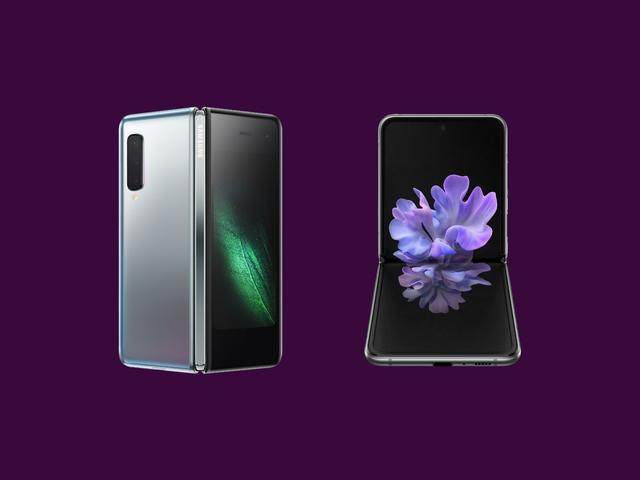

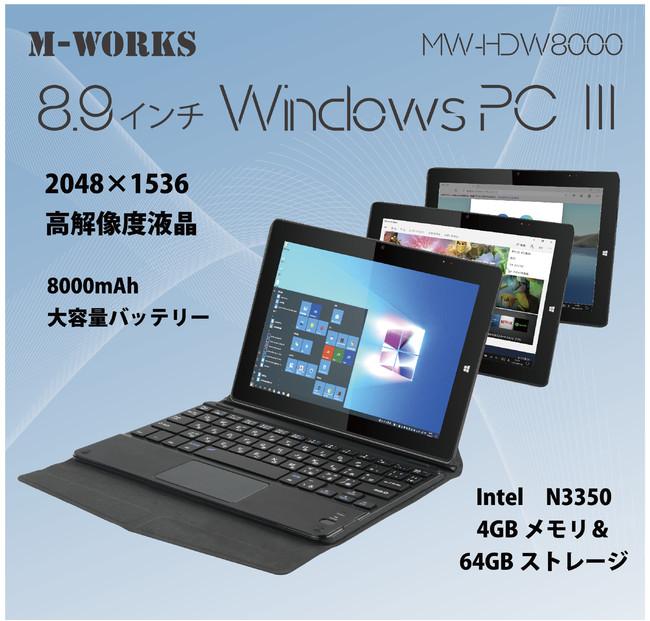
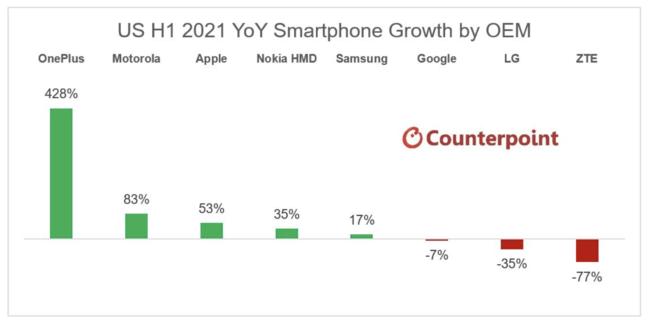
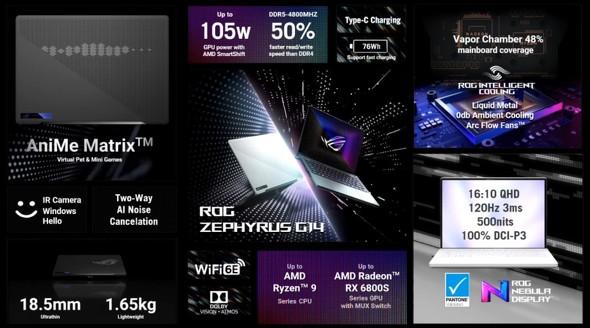
![[Amazon time sale in progress! ] 64GB microSD card of 1,266 yen and wireless earphone with noise canceling function of 52% off, etc. [Amazon time sale in progress! ] 64GB microSD card of 1,266 yen and wireless earphone with noise canceling function of 52% off, etc.](https://website-google-hk.oss-cn-hongkong.aliyuncs.com/drawing/article_results_9/2022/3/9/c88341f90bab7fe3ce1dc78d8bd6b02d_0.jpeg)
